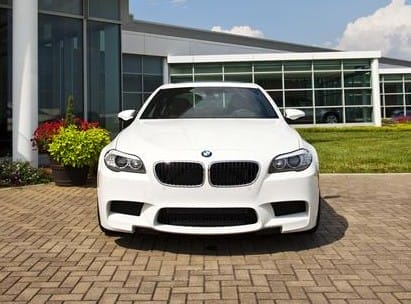Talk about drive.
In its aggressive marketing push for 2012, BMW is trying to accelerate its image beyond the “ultimate” in “ultimate driving machine.” The company wants to sell car buyers (investors, employees and the public) on the idea that one of the world’s top brands means more than you think and is more than a driving experience. Journalists and marketers took notice.
As a loyal Bimmer driver, I’m ready to believe. As I look around me, I see that Bimmer fanatics are ready to genuflect.
But believe what? What car brand needs to promise—and deliver—more than great engineering, speed, safety and a major fun factor—not to mention status?
As a leadership consultant, here’s my answer: BMW wants iconic. I haven’t seen the company use the word, but I rank “let’s get to iconic”—ambition plus execution—as the single best strategy to survive and thrive right now. And I read “iconic” when its ads say, “There’s nothing like owning a BMW,” or when Ian Robertson, its global sales and marketing chief, talks about transforming the automotive retail experience or setting new standards for dynamic performance.
We know iconic when we see it: the Beatles, Apple and the U.S. Constitution.
It means creating and keeping a reputation that’s near bulletproof and capturing the market with product after product (or service or invention) that proves it. An iconic company isn’t just “best in class.” It defines and redefines best in class before others start looking for it.
Though that was never easy, it’s harder now. It’s the rare company—or CEO—that can settle into a Blue Chip slot in the Dow Jones 30 and assume a lifetime membership. The Dow 30 might not even be the club you want to join these days. In this economy, old icons (Kodak) and new ones (Avon, RIM) can be booted off anybody’s short list in no time.
That’s why my first advice to leaders, even those who are already thinking innovatively, is to sit down and unpack the idea of iconic. Then you can apply it where it counts—inside the organization and on the outside with consumers, investors, policymakers, the community and people who have no obvious stake in your business.
But it’s the journey to that place—and the continuous focus to stay iconic—that really counts. Becoming iconic requires an obsessive commitment to giving the customer more than he wants or asks for. It requires every department to truly believe that “iconic,” however defined, is what the company does. It means making a difference beyond a market or industry, just as BMW lent its wind-tunnel facility to test the Olympic torch for the London games.
For more commentary on BMW, check out CNBC’s documentary on BMW, “BMW: The Driving Obsession.”
What company now strikes you as iconic?


























